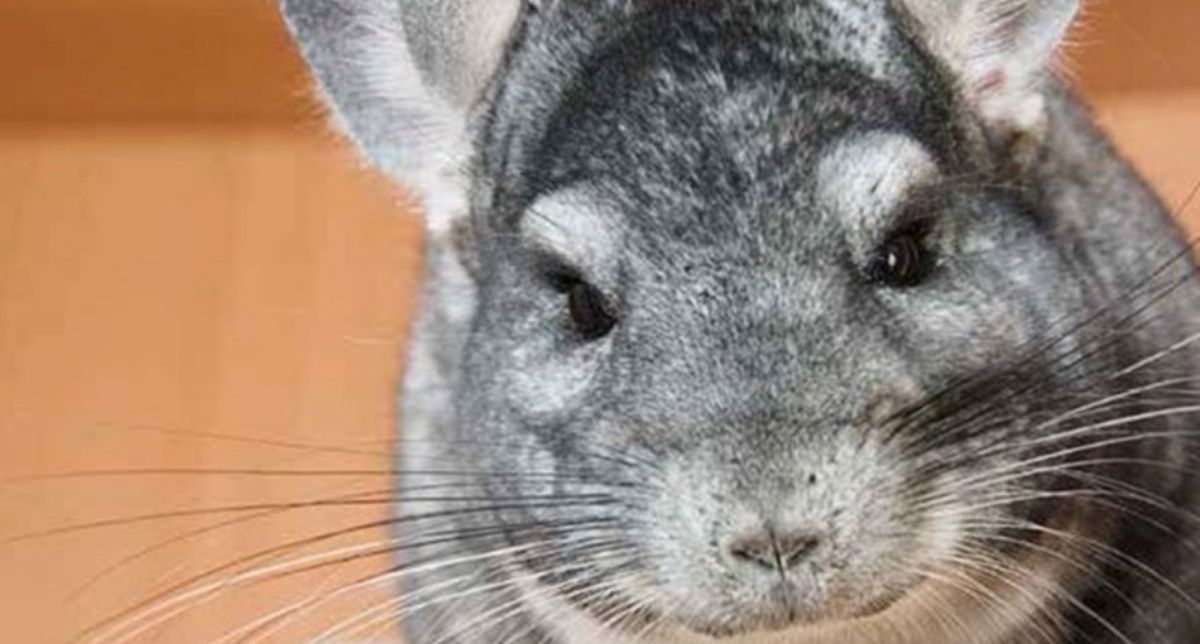Chinchillas are pretty, quick little animals with a personality similar to a park squirrel. They have many characteristics that make them great pets. However, chinchillas are not suited for everyone. Unlike other rodents, they have unusually long life spans and a pleasant smell.
They are not suggested for children as they are very fragile and small and they bite if squeezed too tight. They are low maintenance pets with beautiful soft lush fur, have no objectionable noises, and are boisterous in nature.
Take proper care of your chinchilla by choosing a friendly place for it to live. You can house them in a special room in your house or use a large chinchilla cage. Chinchillas well being is strongly influenced by the living space. The cage should offer a hygienic and stress-free atmosphere. The cage has to be spacious and safe as the rodents need time for jumping and running. The larger the cage is, the happier the chinchilla.
The following is a guide to having a good cage for your chinchillas.
· Materials
The best housing material for a chinchilla cage is a galvanized wire mesh as it prevents the pet from overheating and it allows fresh air to flow. A metal house offers a well-ventilated atmosphere through, on hot summer days, the chinchilla uses its teeth to clench the metal fencing in order to find a cool place.
The cages should be equipped with durable plastic trays. Use pull-out or drop-in pans as they make cleaning easier.
· Flooring
The two types of floors available are solid-bottom or wire-mesh. The wire mesh floor controls the exposure of the animals to dirty bedding and urine as it is easy to clean. Excrement’s easily gone away through the bottom rack thus helping to prevent transmission of diseases. It reduces pets aren’t allergies. Solid bottoms should always have bedding. Non-toxic floors can easily be chewed and damaged by chemicals and have to be replaced every three years. The wire mesh cages are the best but you have to ensure that the mesh does not have sharp edges.
· Bedding
Cage floor beddings provide a natural environment and serve to absorb moisture from excrement. The material should be non-toxic, dry, have low dust content, and be absorbent. Aromatic softwood is not recommended. Perfect cage bedding should consist of wood particles such as ground corncob and hardwood chips. As soon as any wet is noticed, the fibrous particles should be changed.
· Cage furniture
Provide your pets with wooden non-toxic toys as their teeth do not stop growing. Chinchillas are happy to play with nutty stick balls and wooden shapes. Place a paper or wooden box for the pet to hide, sleep or have a nap. Consider having pumice chews, a feed dish, and a water bottle.
Chinchilla cages should be placed out of the wind, humidity, direct sunlight, or heat. Clean your cage every two days. Use accessories and decorations that allow them to climb, hide, explore, and nest as these will keep them happy. Always remember that chinchillas require a great deal of attention.

Recent Comments